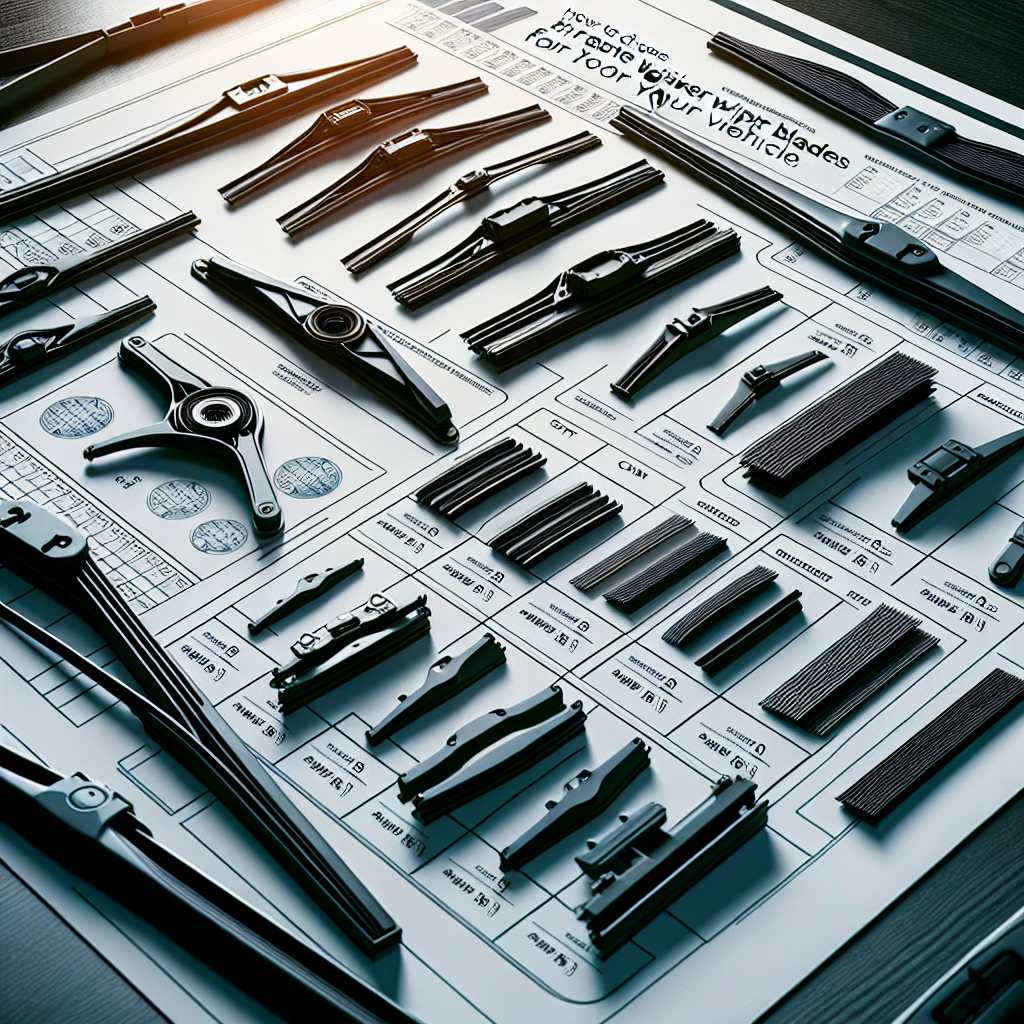The Mini Cooper is not just an iconic vehicle; it represents a remarkable story of innovation, cultural influence, and automotive excellence. Originally launched in 1959, the Mini Cooper quickly became a beloved symbol of British engineering. Over the decades, its design, capabilities, and brand influence have evolved, making it a timeless appeal among car enthusiasts worldwide.
The genesis of the Mini Cooper can be traced back to Sir Alec Issigonis, the mastermind behind the revolutionary design. Tasked with creating a fuel-efficient yet spacious car during the Suez Crisis, Issigonis crafted a compact car that could comfortably seat four adults while maintaining impressive driving dynamics. The original Mini featured a transverse engine and front-wheel drive, optimizing space usage and setting new standards in automotive design.
The Mini’s distinct design did not go unnoticed. In 1961, John Cooper, a renowned race car designer and builder, saw potential in the Mini’s lightweight frame and agile handling. Cooper transformed the humble city car into a high-performance machine by enhancing its engine and brakes, leading to the birth of the Mini Cooper. Soon, this new variant began dominating racing circuits, particularly in the Monte Carlo Rally, where it secured wins in 1964, 1965, and 1967.
As the Mini Cooper’s racing reputation grew, so did its cultural impact. The 1960s witnessed the Mini becoming a symbol of the swinging London scene, embraced by celebrities and the masses alike. Its inclusion in the 1969 film "The Italian Job" only cemented its status as a cultural icon. The Mini’s distinctive look and nimble performance made it an enduring figure in both automotive and popular culture.
Despite its fame, the Mini faced challenges. By the late 1990s, the original Mini’s design had become outdated, and its manufacturer, Rover Group, faced financial difficulties. However, salvation came in 2000 when BMW acquired the brand and set about reviving it. BMW injected modern technology and luxury elements into the new generation of Mini Coopers, without compromising the car’s hallmark compact design and spirited performance.
Today, the Mini Cooper stands as a testament to automotive ingenuity and adaptability. The range has expanded to include various models, from the sporty John Cooper Works variants to the eco-friendly electric Mini Cooper SE. Each new iteration continues to blend classic design elements with cutting-edge technology, ensuring the Mini remains relevant and revered.
The Mini Cooper’s journey from a practical city car to a globally recognized emblem of style and performance is nothing short of extraordinary. Its ability to evolve while staying true to its roots ensures it will continue to capture the hearts of car enthusiasts for generations to come. For a deeper dive into the car’s historic importance and modern developments, you can visit this detailed resource on the Mini Cooper.
Whether you’re a long-time fan or a new admirer, understanding the Mini Cooper’s history enhances appreciation for this remarkable vehicle. Its story is not just about a car; it’s about innovation, culture, and enduring appeal. The Mini Cooper is more than a mode of transport—it’s a legacy on wheels.


